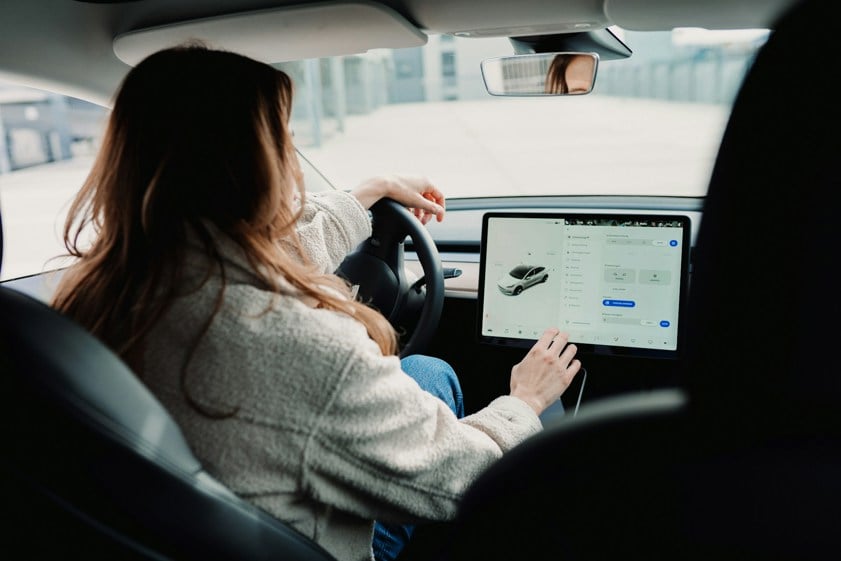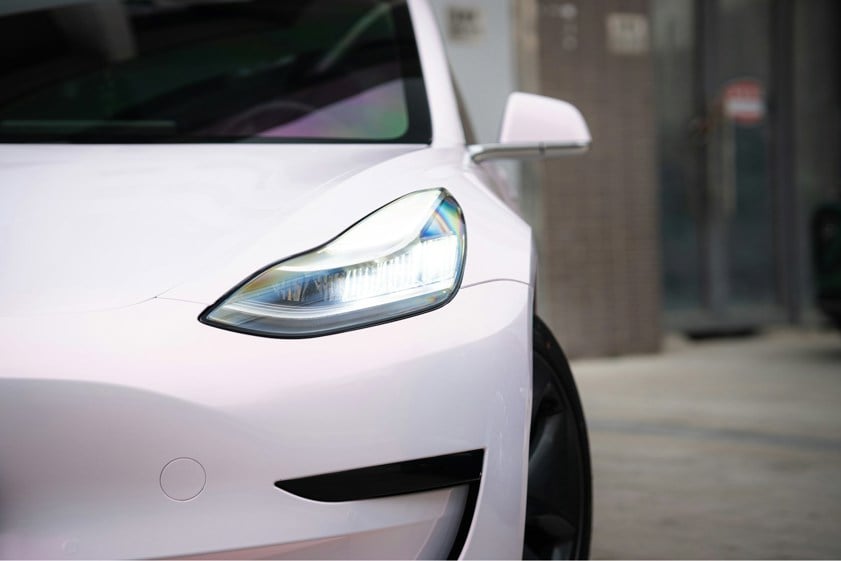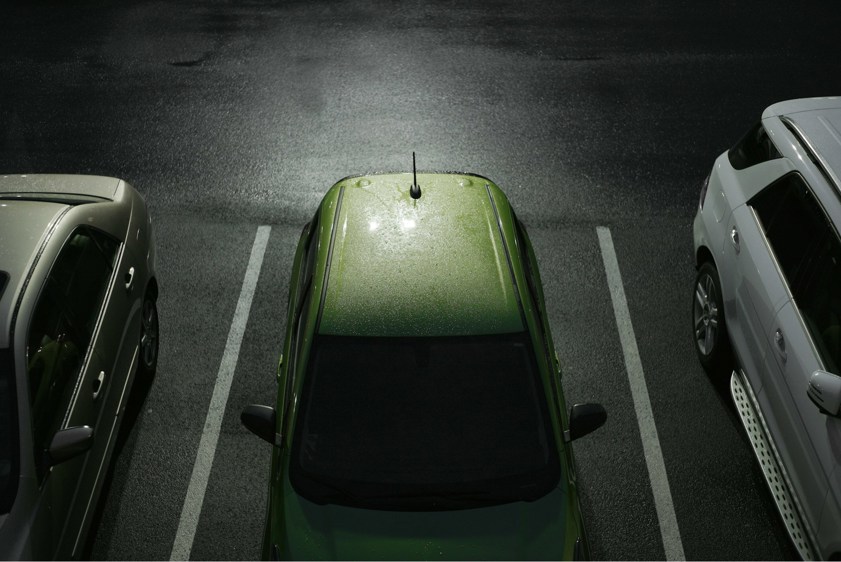
When you get behind the wheel of a new car, you can rest assured that it's safer and smarter than ever. One reason for this is because of technologies like advanced driver assistance systems (ADAS).
A combination of various safety features like advanced cruise control, automatic emergency braking, and lane-keeping assist, ADAS is transforming the way we drive on the road.
While it used to be limited to prestige cars, ADAS is now commonplace in pretty much every new car on the market, and if you've not driven one with it, there's a few questions you'll have.
In this blog, we'll explore all you need to know about advanced driver assistance systems, including how it works, the specific technologies at your disposal, and their benefits.

One of the main anxieties of getting behind the wheel is being involved in an accident. If you've been involved in one, you'll understand how stressful a situation it can be, especially when human error is to blame.
It's this human error that ADAS aims to prevent. Through an advanced system of sensors, cameras, and artificial intelligence, ADAS works with the driver to prevent accidents and keep us safe on the road.
Sounds pretty good, doesn't it? ADAS works by alerting the driver in various ways, including visual and audio warnings, and in some cases, taking control of the car!
Don't take the latter literally; in a lot of cases, ADAS can only control the brakes to prevent us from colliding with something or someone. Remember, it's your safety that is the priority.
If you're reading a car spec for the first time in four years, there will be a lot of words and phrases on there that you don't understand. The same goes for ADAS technologies.
It's evolving at a crazy pace, meaning new safety technologies are coming into the public domain like they are on a conveyor belt.
Here are some of the technologies we'd look out for:

Adaptive cruise control (ACC) is perfect for those who do a lot of motorway driving. Similar to conventional cruise control, ACC can maintain the steady speed that you set. However, it goes one step further by actually adjusting the speed of your car to match the speed of the car in front.
If the car in front slows down, so does your car. If it speeds up, so do you.
Clever, right? It works through a system of cameras and radars that combine to influence the acceleration and braking of your vehicle.
It's worth noting that most adaptive cruise control systems vary from manufacturer to manufacturer. For example, some only work at motorway speeds, while others can bring the car to a complete stop and then start again.
Automatic emergency braking (AEB) uses sensors, cameras, or radar to identify the potential for a collision with an object that's in your path.
If the system identifies a danger, it will alert the driver or even take preventive measures such as tightening seat belts and reducing speed. It's essentially like having an ever-alert co-pilot watching for any danger that you might miss.
Lane-keeping assist does what it says on the tin. It uses sensors to detect the lane and engages light steering if you begin to drift. It's best used to prevent accidents on the motorway and during long-distance journeys where your concentration is waning.
Your car might also come with lane-departure warning, which warns you if you're crossing the white lines on either side of the lane.

Changing lanes becomes safer with blind-spot assist, which monitors your car's blind spot and alerts you if another vehicle is nearby.
Picture merging onto a motorway and you don't have to panic about a car being in your blind spot! Motoring bliss!
Rear cross-traffic alert is designed to alert drivers to potential hazards that are approaching from the sides when the vehicle is in reverse. It helps reduce the chances of an accident when reversing out of a space, such as hitting another vehicle or a pedestrian.
If something is there, it will provide an audio alert, usually in the form of a beeping noise.
If you've learned to drive in a car with hill-start assist, you don't know how lucky you are! Hill-start assist holds the brakes on for a moment after your foot leaves the brake and goes to the throttle, thus preventing the car from rolling back.

Active or adaptive headlights automatically switch between full and dipped beams if they notice oncoming traffic. It will also control the vehicle's headlights to external lighting conditions, meaning that if you get in the car while the light is fading, your headlights will automatically be on.
Road sign recognition uses a camera on the front of the car to spot and interpret road signs. This will then project an image of the sign on the digital driver's display to ensure you're aware of the sign.
You might be thinking what the point of this technology is, however, it goes a long way in educating drivers and improving safety. It can help us avoid speeding, reduce the chances of missing a speed limit change, and warn the driver of potential hazards.
Remember the scene in Mr. Bean's Holiday when he was sleepy driving? Hilarious, but seriously dangerous. Driver-attention detection would prevent this.
By using cameras and sensors, the car can determine whether the driver is paying enough attention to the road. If it thinks they aren't, it will alert the driver through an audio, visual, or touch aid.
By doing this, it will first make the driver more alert to the road ahead, and also make them aware that they are tired and they need to pull over for some rest.

Automatic parking is probably one of the most useful safety technologies on the market. By using a combination of radars, sensors, and cameras, your car will actually park itself. Unfortunately, this technology isn't as widespread as we'd like and is restricted to a lot of luxury cars.
The best example of automatic parking is BMW's Parking Assistant Professional, which automatically drives the car into any suitable space. All you need to do is sit back and relax.
It's worth noting that automatic parking incorporates a lot of other safety systems, such as rearview cameras and front and rear parking sensors.
Advanced driver assistance systems offer more than just convenience. They provide peace of mind by making every journey safer and more enjoyable.
The days of stressing behind the wheel are long gone, let these great technologies work alongside your driving to boost your overall driving experience.
Looking for a luxury car equipped with the latest safety tech? Check out our prestige lease deals and enjoy cutting-edge safety features on your next journey.
Originally posted: 26th November 2024

